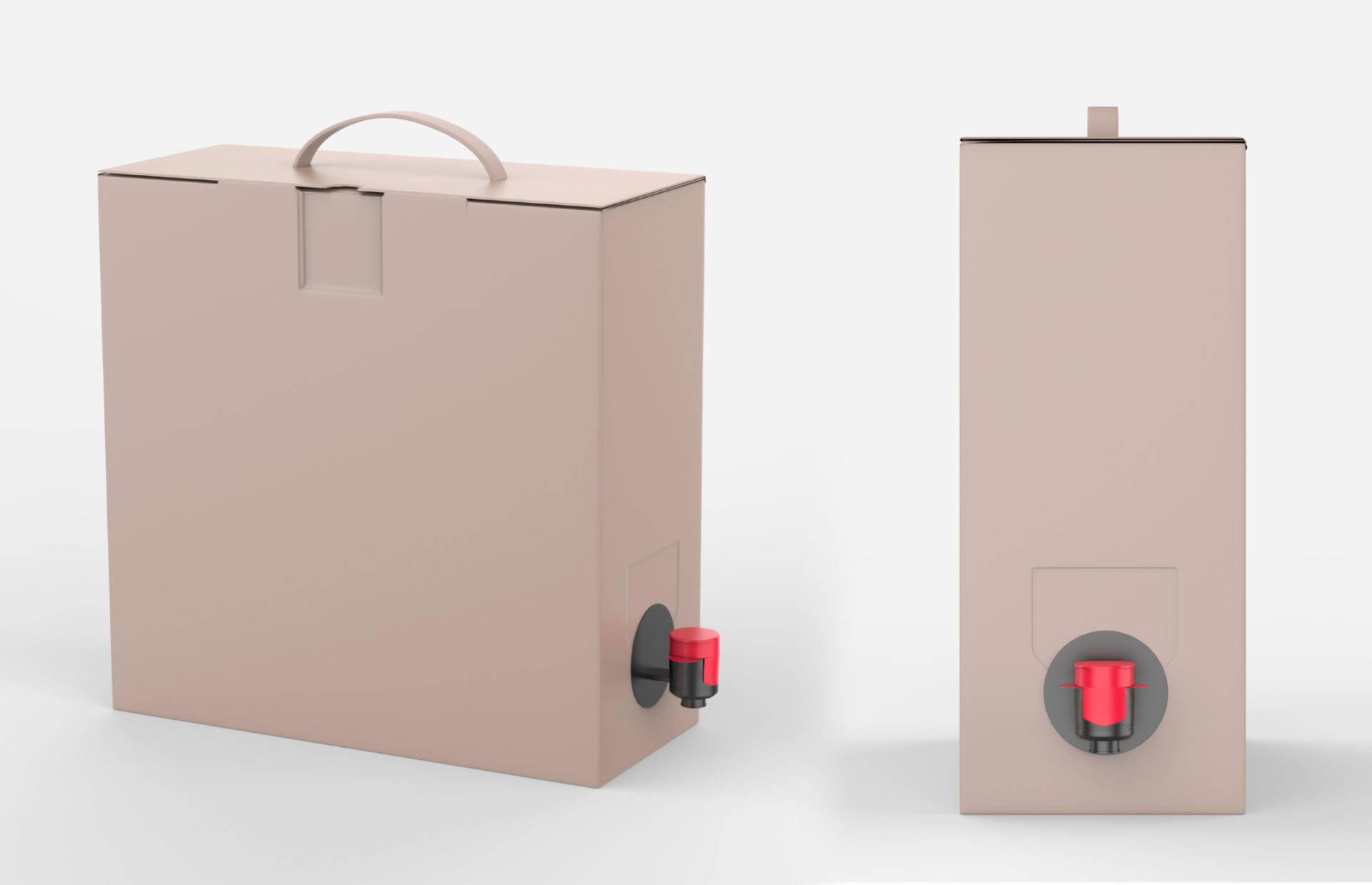For years, wine snobs have convinced us that fine wine simply doesn’t come in a box. Boxed wine is cheap wine for the masses. It’s the equivalent of an Adult Juice Box.
Believe it or not, the inspiration for boxed wine may have come from packaging already on the market. Mechanics were already using “bag in a box” methods to transport battery acid. (Is the comparison of boxed wine to battery acid too easy? Never mind.)
We must thank Thomas Angove, an Australian winemaker who patented the polyethylene bladder inside a cardboard wine box on April 20, 1964. (If you’ve ever wondered what the bagging and boxing process looks like, check this out – and learn how you can bag your own).
But really, should boxed wine have such a bad rap?
Whether you drink from a box, a can, a bottle or even from a purse, there are good wines and there are bad wines. Does the vessel matter that much? What ever happened to “don’t knock it ‘til you try it”? How many of us avoid the box on reputation alone?
Best known for volume drinking, boxed wine is the cheap, maybe not-so-high-quality stuff you drink at home but wouldn’t dream of serving to guests or taking to a party. But beyond affordability, there are other benefits. Drinking boxed wine means no hunting for church keys, no broken glass when you dump the empties in recycling, no bottles-turned-to-vinegar when you don’t finish them right away. Boxed wine is portable, is easy to use, stays fresh for six weeks, and has far fewer environmental impacts than bottled wine.
Quietly changing minds, one sip at a time
Unlike their foamy counterparts like Budweiser and Coors, wine companies don’t embrace the same grassroots, “real people” messaging. Instead, they describe their wine just as elegantly as any bottled winemaker would. They confidently put those Cardbordeaux boxes out there and knew the customers would come.
We may never know the exact marketing strategy these winemakers employed to improve their product reputation. Maybe they engaged influencers to encourage their followers to try a sip. Maybe they convinced retail grocers to place their products prominently on shelves or hold Saturday tastings. Is it possible that they ignored the naysayers, toed the line on their product positioning, and simply waited it out? It would take a genius marketer to convince their CMO to sit back and hope the brand sentiment changes.
Whatever playbook these winemakers used, it seems to have worked. At some point, the wine snobs of the world decided they would try the box. And today we hear “this boxed wine is actually pretty good”, exclaimed with pride at possessing such an advanced palate to know how to spot a hidden gem.
Even Consumer Reports is weighing in on the boxed wine narrative. Go online and you’ll find plenty of “best in a box” reviews.
The old pizza adage “even when it’s bad, it’s still pretty good” will probably never apply to wine. But it’s pretty cool that winemakers who blazed the trail with boxes are finally getting their due and can now enjoy the fruits of their labor (pun intended). And with a growing reputation for higher quality products, it’s unlikely that boxed wine will go anywhere anytime soon.
What’s your take on boxed wine? Sophisticated and swanky? Or unrefined and unsavory?


Leave A Comment